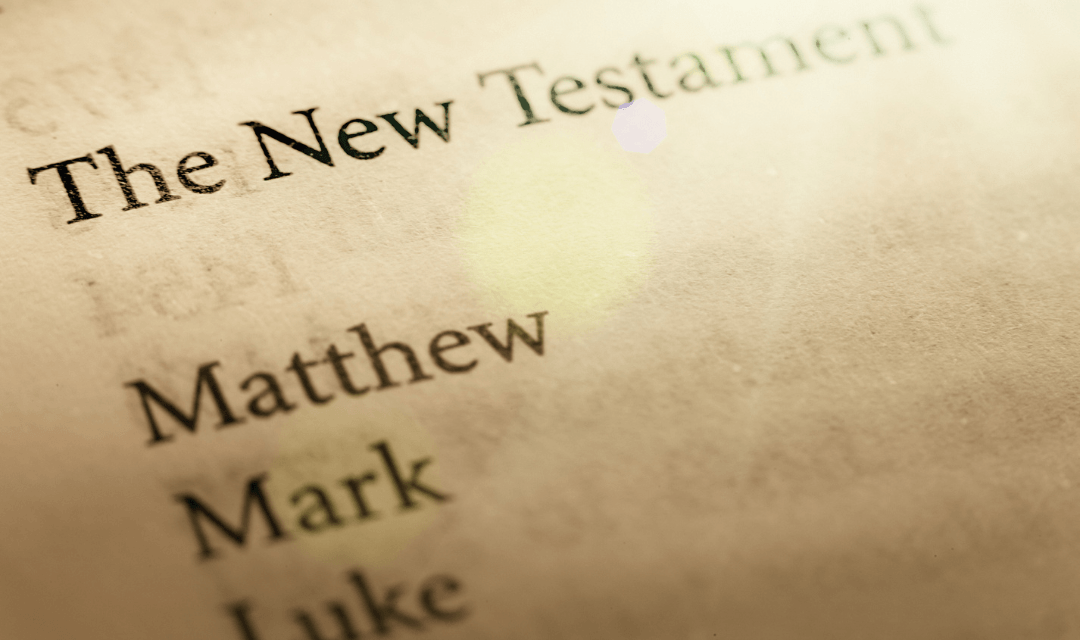By Hank Hanegraaff
During a prime-time television special titled The Search for Jesus, host Peter Jennings asserted that according to some scholars, “the New Testament has four different and sometimes contradictory versions of Jesus’ life.” The Jesus Seminar scholars Jennings referenced, however, are famous for an idiosyncratic brand of fundamentalism that supplants reason and evidential substance with rhetoric and emotional stereotypes. They have made a virtual art form out of exploiting “discrepancies” in the secondary details of the Gospels.
One of the alleged contradictions that is most frequently cited involves the female discoverers of the empty tomb. According to Matthew, the discoverers were Mary Magdalene and another Mary (28:1); Mark said they were Mary Magdalene, Mary the mother of James, and Salome (16:1); Luke claimed Mary Magdalene, Joanna, Mary the mother of James, and others (24:10); and John focused solely on Mary Magdalene (20:18).
In providing a defensible argument against dogmatic assertions, it is first helpful to point out that the four accounts are complementary rather than contradictory. If John, in the example cited above, had stipulated that Mary Magdalene was the only female to discover the empty tomb while the other gospels claimed that more than one woman was involved, we would be faced with an obvious contradiction. Instead, the complementary details provided by the four gospel writers simply serve to flesh out the rest of the story.
Furthermore, credible scholars look for a reliable core set of facts in order to validate historical accounts. In this case, liberal and conservative scholars alike agree, for instance, that the body of Jesus was buried in the tomb of Joseph of Arimathea. As a member of the Jewish court that convicted Jesus, Joseph is unlikely to be Christian fiction. Additionally, when we consider the role of women in first-century Jewish society, it is remark- able that the empty tomb accounts would feature females as heroes in the story. This demonstrates that the gospel writers factually recorded what happened even if it was culturally embarrassing.
Finally, if each of the gospel writers presented exactly the same secondary details in exactly the same manner, critics would dismiss their accounts on the basis of collusion. Instead, the Gospels provide unique yet mutually consistent perspectives on the events surrounding the empty tomb.
The principles above not only resolve the circumstances in the case at hand but all supposed contradictions highlighted by Peter Jennings in The Search for Jesus. We can safely conclude that far from being contradictory, the gospel accounts are clearly complementary; a consensus of credible scholars considers the core set of facts presented by the gospel writers to be authentic and reliable; and the unique perspectives provided by Matthew, Mark, Luke, and John preclude the possibility of collusion.
Then Peter, turning around, saw the disciple whom Jesus loved following, who also had leaned on His breast at the supper, and said, “Lord, who is the one who betrays You?” . . . This is the disciple who testifies of these things, and wrote these things; and we know that his testimony is true.
John 21:20, 24 NKJV
For further study concerning alleged contradictions in the Bible, see Gleason L. Archer, New International Encyclopedia of Bible Difficulties (Grand Rapids: Zondervan, 1982); concerning evidences for Christ’s resurrection, see Hank Hanegraaff, The Third Day (Nashville: W Publishing Group, 2003). Also see Hank Hanegraaff, “The Search for Jesus Hoax.”
***Note the preceding text is adapted from a new Revised and Updated version of The Complete Bible Answer Book that is forthcoming. When available we will update this page with corresponding information. Until then you can still purchase or receive for your partnering gift the current version by clicking here for purchase or here for partnering gift. ***
